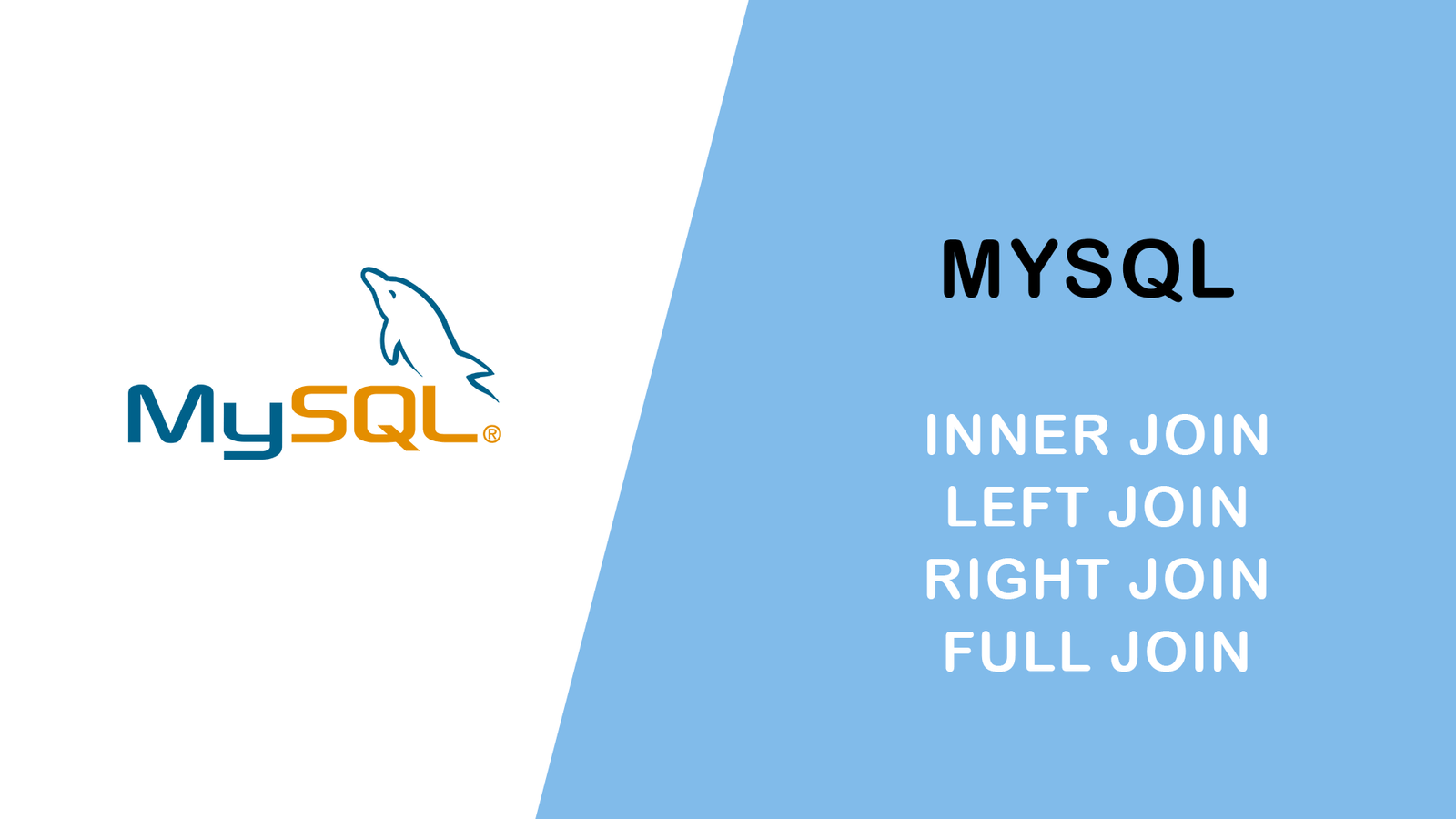How to Use MySQL Views to Simplify Complex Queries
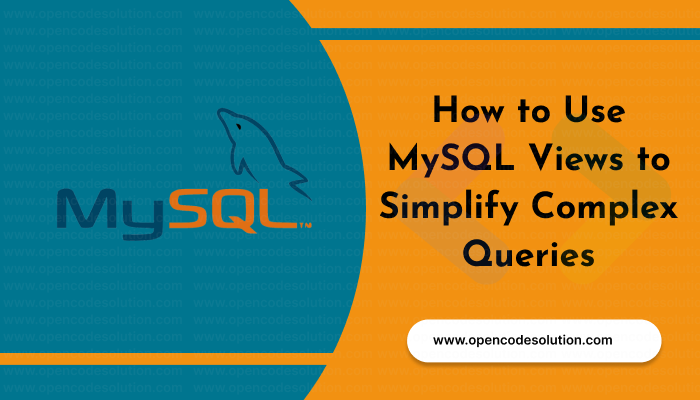
MySQL views are virtual tables that are based on the result set of a SELECT statement. They can simplify complex queries by abstracting away the details of the underlying tables and providing a simplified interface to the data. In this blog post, we'll go over how to create and use MySQL views with code examples.
1. Creating a View
To create a view, use the CREATE VIEW statement followed by the view name and the SELECT statement that defines the view. Here's an example of a view that shows the name and age of all users in a users table:
CREATE VIEW user_info AS
SELECT name, YEAR(CURRENT_DATE()) - YEAR(birthdate) AS age
FROM users;
This view is named user_info and shows the name and age of each user in the users table, based on their birthdate.
2. Querying a View
To query a view, use a SELECT statement on the view name. Here's an example of a query that retrieves the name and age of all users in the user_info view who are over 18 years old:
SELECT name, age
FROM user_info
WHERE age > 18;
This query retrieves the name and age of all users in the user_info view who are over 18 years old.
3. Updating a View
Views can also be used to update data in the underlying tables, as long as certain conditions are met. Here's an example of a view that updates the email field of a user in the users table:
CREATE VIEW update_email AS
UPDATE users
SET email = CONCAT(name, '@example.com')
WHERE id = 123;
This view updates the email field of the user with ID 123 in the users table, by concatenating their name with the @example.com domain.
4. Using Joins in Views
Views can also be used to simplify complex queries that involve multiple tables by using joins. Here's an example of a view that shows the name and age of all users who have made a purchase in the transactions table:
CREATE VIEW user_purchases AS
SELECT u.name, YEAR(CURRENT_DATE()) - YEAR(u.birthdate) AS age, t.amount
FROM users u
JOIN transactions t ON u.id = t.user_id;
This view joins the users and transactions tables and shows the name, age, and transaction amount of each user who has made a purchase.
MySQL views are powerful tools for simplifying complex queries and providing a simplified interface to the data. By creating views, you can abstract away the details of the underlying tables and provide a simpler and more intuitive way to access the data. With the examples provided in this blog post, you can start using views in your own MySQL database applications.
Categories : MySQL
Tags : MySQL SQL views virtual tables simplified queries data abstraction

Abhay Dudhatra
0 Comments
Related Articles
What Is Data Structures ?
 By Praful Sangani -
July 28,2022
By Praful Sangani -
July 28,2022
MySql JOINS
 By Praful Sangani -
July 29,2022
By Praful Sangani -
July 29,2022
SQL Basics: A Beginner's Guide to Structured Query...
 By Abhay Dudhatra -
May 05,2023
By Abhay Dudhatra -
May 05,2023
Categories
Laravel
48React
17CSS
4jQuery
3PHP
19JavaScript
53HTML
4Python
30Node.js
2Git
8Bootstrap
15MySQL
7WordPress
27Popular Articles
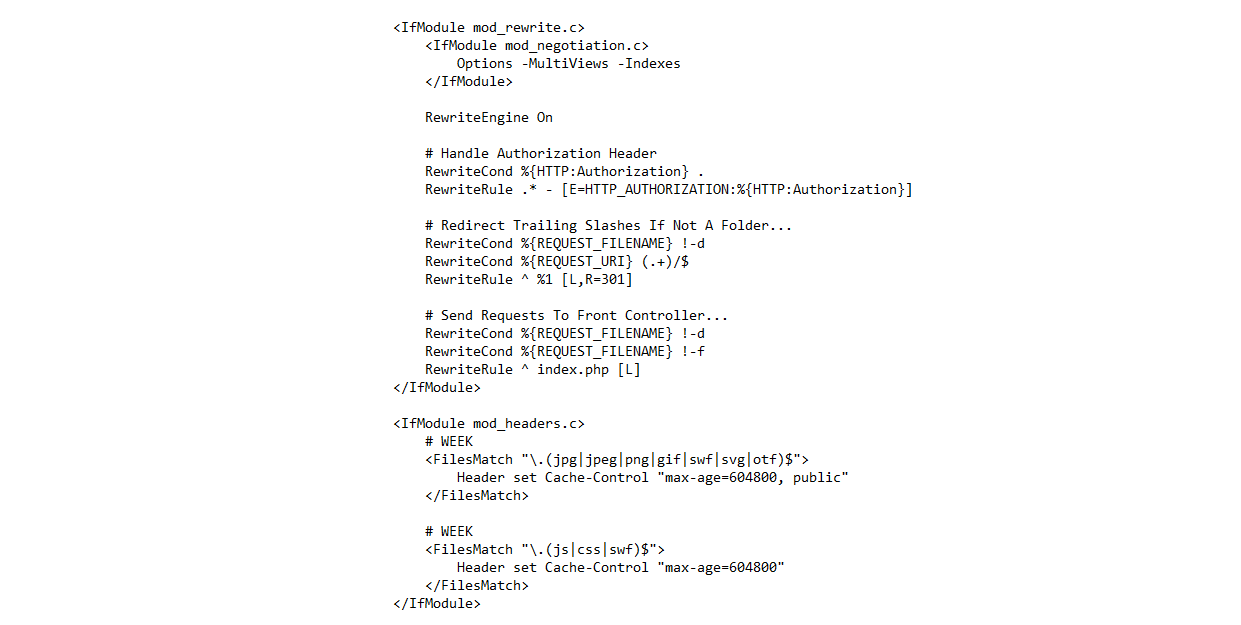
GZIP and Browser Cache a website wi...
July 21,2022
Destructuring and Spreading
August 13,2022
WordPress Add Posts #16
August 04,2022
Import Export CSV And Excel File in...
July 22,2022
Laravel 8 Custom User Login and Reg...
July 19,2022Featured Articles

Laravel 9 Custom Login and Registra...
May 11,2023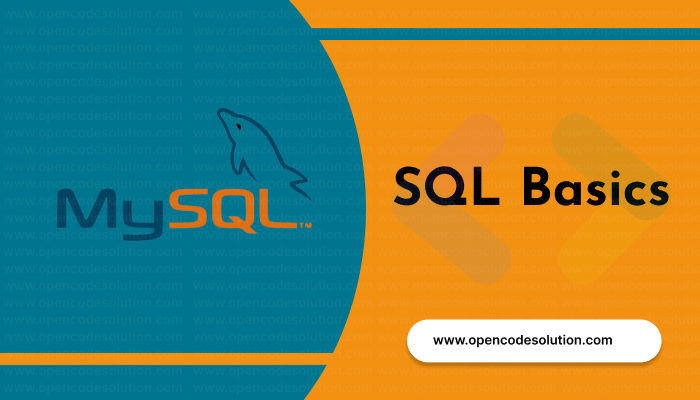
SQL Basics: A Beginner's Guide to S...
May 05,2023
Generating PDF Files in Laravel Usi...
April 26,2023
Laravel Image Intervention: A Guide...
April 26,2023
How to Generate BarCode in Laravel?
April 26,2023
Implementing Payment Gateway in Lar...
March 26,2023
Laravel 8 Model Observers Example T...
March 10,2023
How to use Forelse loop in Laravel...
August 08,2022
What Is Wordpress #1
August 04,2022
Bootstrap Alerts
August 03,2022
Essential JS for PHP
August 03,2022
PHP Sparkline
August 03,2022
Groups in React Textbox
August 03,2022
JavaScript exercise-examples for Be...
August 03,2022
Create Social Login In Laravel With...
August 01,2022
Using Laravel Model Factories
July 30,2022
How to Include Bootstrap 5 in our w...
July 28,2022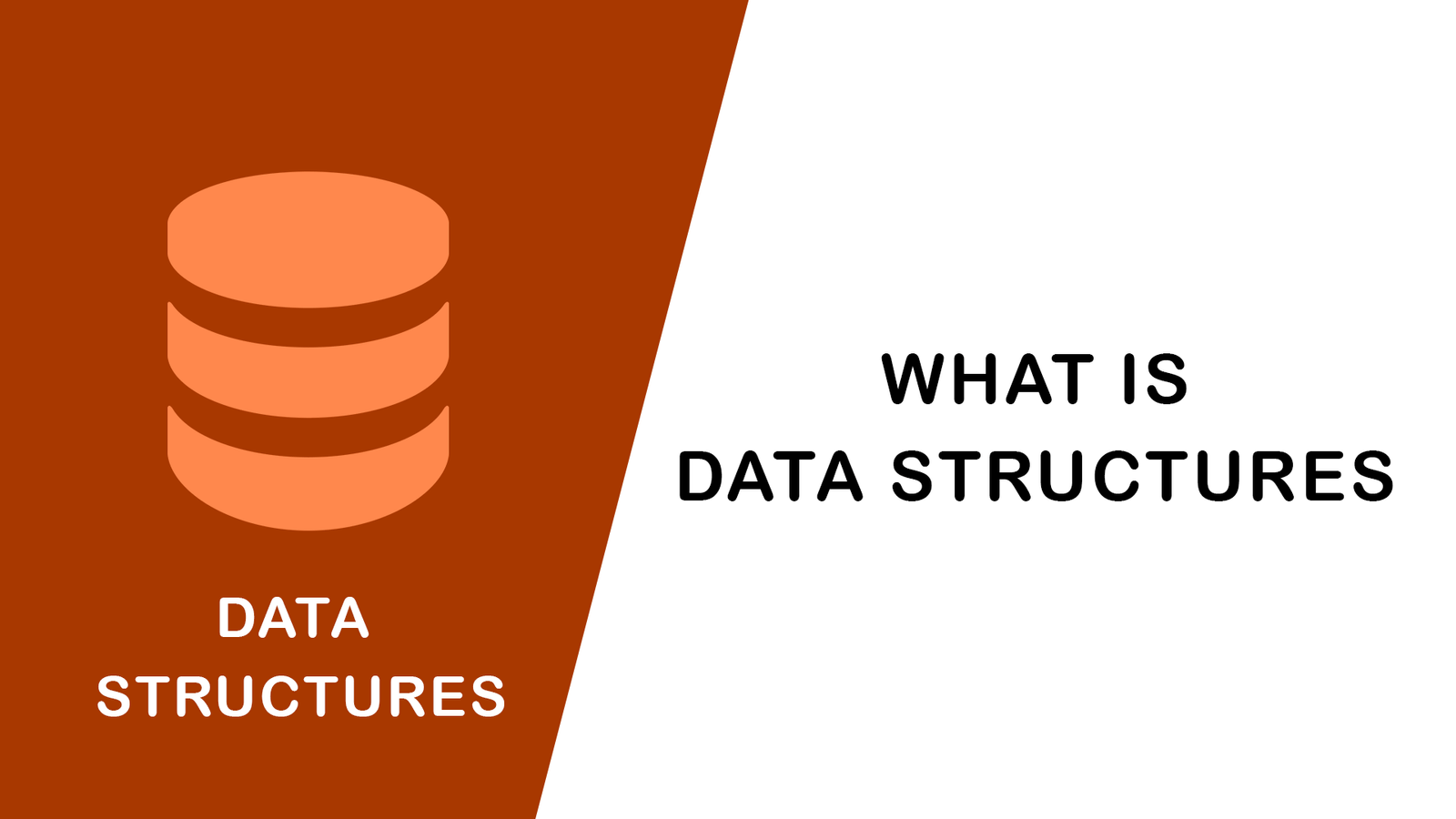
What Is Data Structures ?
July 28,2022
How to Validate Your Laravel App's...
July 27,2022
TOP 10 PROGRAMMING LANGUAGES USED B...
July 27,2022
Create Select Options from Enums, L...
July 27,2022
Fast Paginate for Laravel 9
July 27,2022
Add Useful Info to the Laravel Abou...
July 27,2022
Learn Most Common Git Commands
July 26,2022
React Hooks: Array Destructuring Fu...
July 25,2022
Laravel 8 CRUD operation
July 23,2022
How to Generate QR Code in Laravel...
July 21,2022
Access specifier in php
July 20,2022


